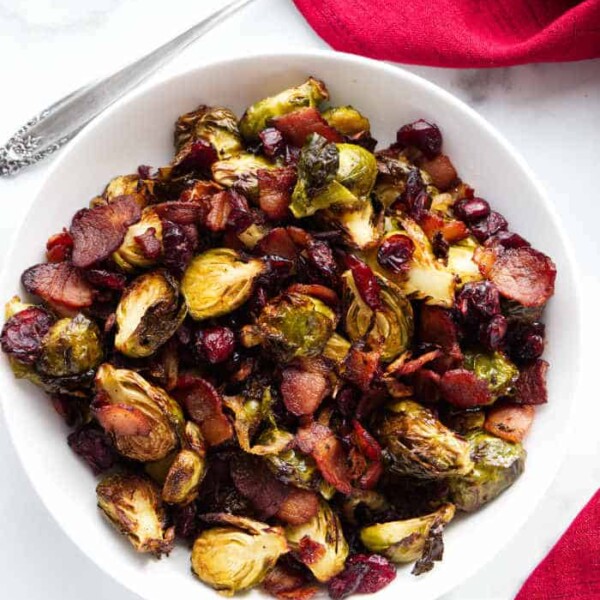Pork Loin vs Pork Shoulder
on May 12, 2024, Updated Jul 01, 2024
This post may contain affiliate links. Please read our disclosure policy.
Picking the right cut of pork can be the secret weapon in your outdoor cooking arsenal, especially when deciding between Pork Loin vs Pork Shoulder. Each brings something unique to the table, from quick smoked pork loin to slow-cooked pulled pork shoulder. This guide isn’t just about making a choice; it’s about understanding the nuances that elevate your outdoor meals from good to unforgettable.
Whether you’re aiming for a perfectly smoked pork loin roast or a tender, fall-apart pork shoulder, getting to know these cuts is your first step toward mastering your next outdoor gathering.
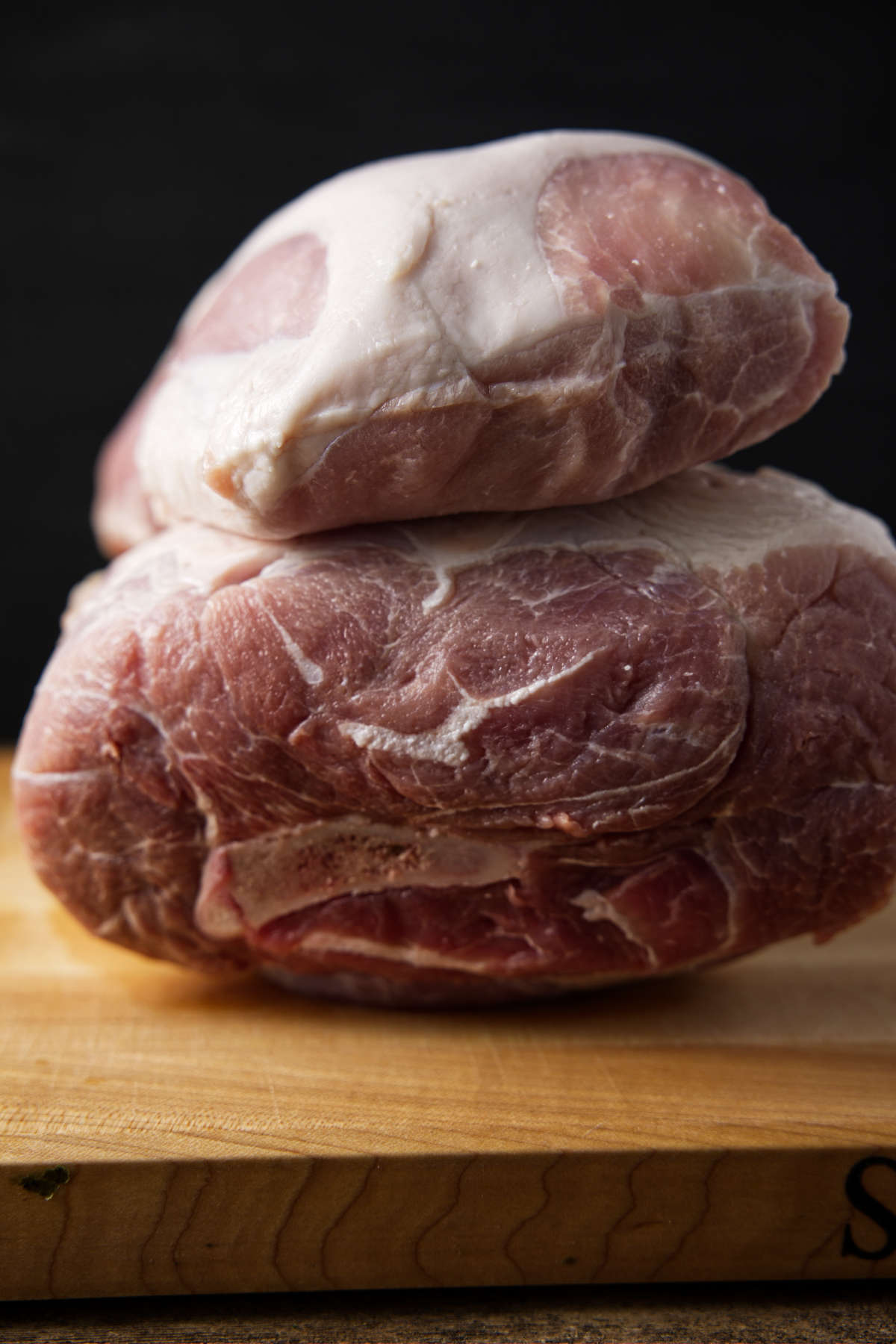
🔑 Key Takeaways Pork Loin vs Pork Shoulder
- Pork loin is a lean cut and is located along the pig’s back. The pork shoulder (pork butt) is fatty and comes from the shoulder of the pig.
- The lower fat content in pork loin means it is quicker to cook, but you need to ensure it stays juicy. The higher fat content in pork shoulder equals more flavor and incredibly tender results when smoking low-and-slow.
- Pork loin requires attention when cooking to avoid drying out. It does really well with a marinade or brine and a dry rub.
- Pork shoulder has a robust flavor, perfect for slow cooking to break down tough fibers and make it tender.
🐖 Where on the Pig?
Understanding the anatomy of a pig is crucial when selecting meat for your outdoor cooking adventures. The location of the cut not only influences the flavor and texture of the meat but also dictates the best cooking methods to use.

Pork Loin
- Located along the pig’s back, from the shoulder to the rear.
- One of the leanest parts of the pig.
- Non-working muscle, meaning it is lean and tender.
- The mild flavor is perfect for developing flavors with brines, marinades, and rubs.
- Ideal for quick cooking methods like smoking, grilling, roasting, and searing.
Pork Shoulder
- Also called pork butt or Boston butt.
- Sourced from the upper part of the front leg, right behind the shoulder.
- Contains more fat and connective tissue, making it a tougher cut that needs a slow cook.
- Best suited for slow cooking, which renders it tender and flavorful.

👩🍳 Cooking Tips and Tricks
Mastering the grill is essential for making an awesome pork loin or pulled pork. Each cut requires a unique approach to unlock its full potential. Here are some essential tips and tricks, including the best cooking methods for each cut, to ensure your pork is always juicy and delicious!
Pork Loin
Try turning your pork loin into some delicious tacos with our recipe for leftover pork loin tacos. They are loaded with juicy pork, avocado salsa, and crumbled queso fresco!
- Prep for Perfection: Start by trimming excess fat but keep enough for flavor. For an even cook, let the loin reach room temperature before cooking.
- Rub and Seasoning: Use a pork rub to step up the flavor and help develop an awesome crust.
- Smoke it Up: Smoke the pork loin at 225°F until it reaches an internal temperature of 130°F. Then, sear it over high heat. Learn how long to smoke pork loin per pound.
- Sear to Impress: High heat on the grill or cast iron skillet creates a beautiful sear. Let the pork loin rest before serving.
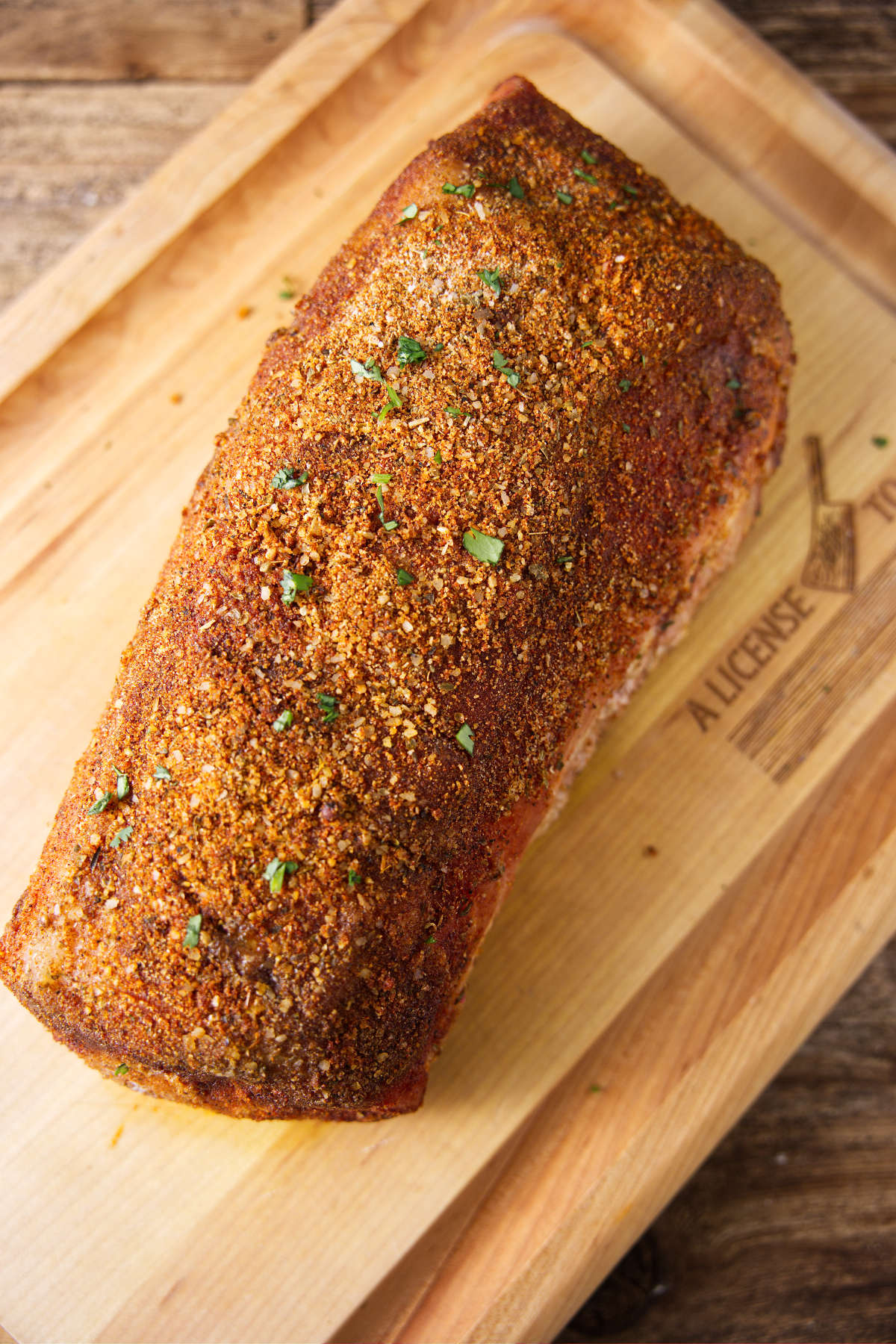
Pork Shoulder
- Low and Slow: Set the smoker to 225°F and let the pork shoulder smoke for several hours until it is tender and moist.
- Keep it Moist: Mist the pork shoulder with a basting liquid. Something like apple juice gives the pork a wonderful flavor while ensuring everything stays juicy.
- Patience Pays Off: Use a BBQ thermometer to monitor the internal temperature. It should reach 200°F to 205°F before pulling it off.
- Rest and Relax: Let the pork shoulder rest after it is done smoking. Wrap it in butcher paper until you are ready to shred it.
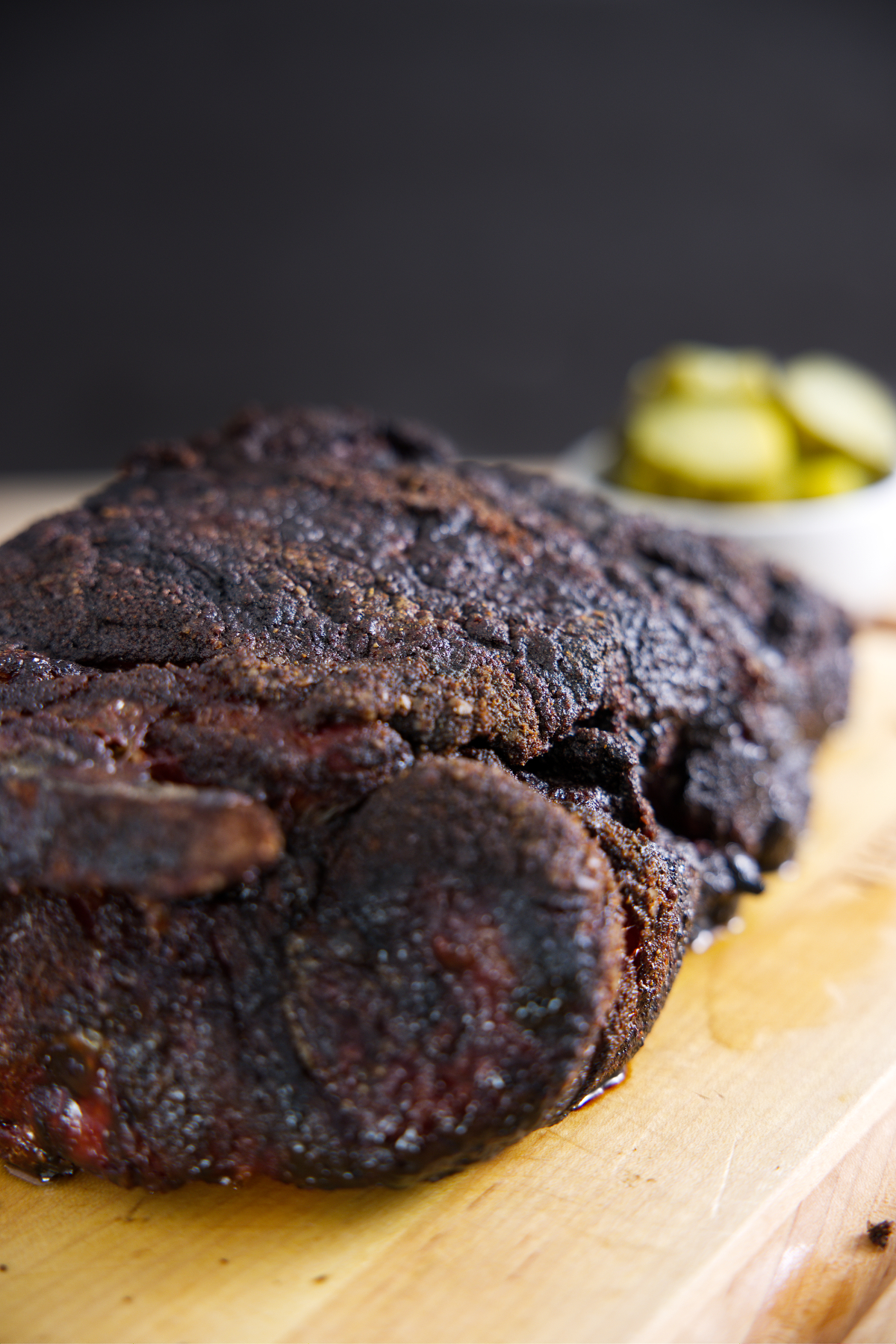
General Tips
- Season Well: Both cuts benefit from generous seasoning. For the pork loin, a simple rub with herbs and spices does wonders. The pork shoulder can handle stronger spices, especially for slow-cooked dishes.
- Meat Thermometer: Ensuring the perfect internal temperature removes the guesswork and guarantees your pork is cooked just right.
- Experiment with Marinades: Especially for the pork loin, a marinade can add moisture and flavor. For the pork shoulder, try injecting it with a marinade to infuse more flavor and add a rub to develop a beautiful crust as it smokes.
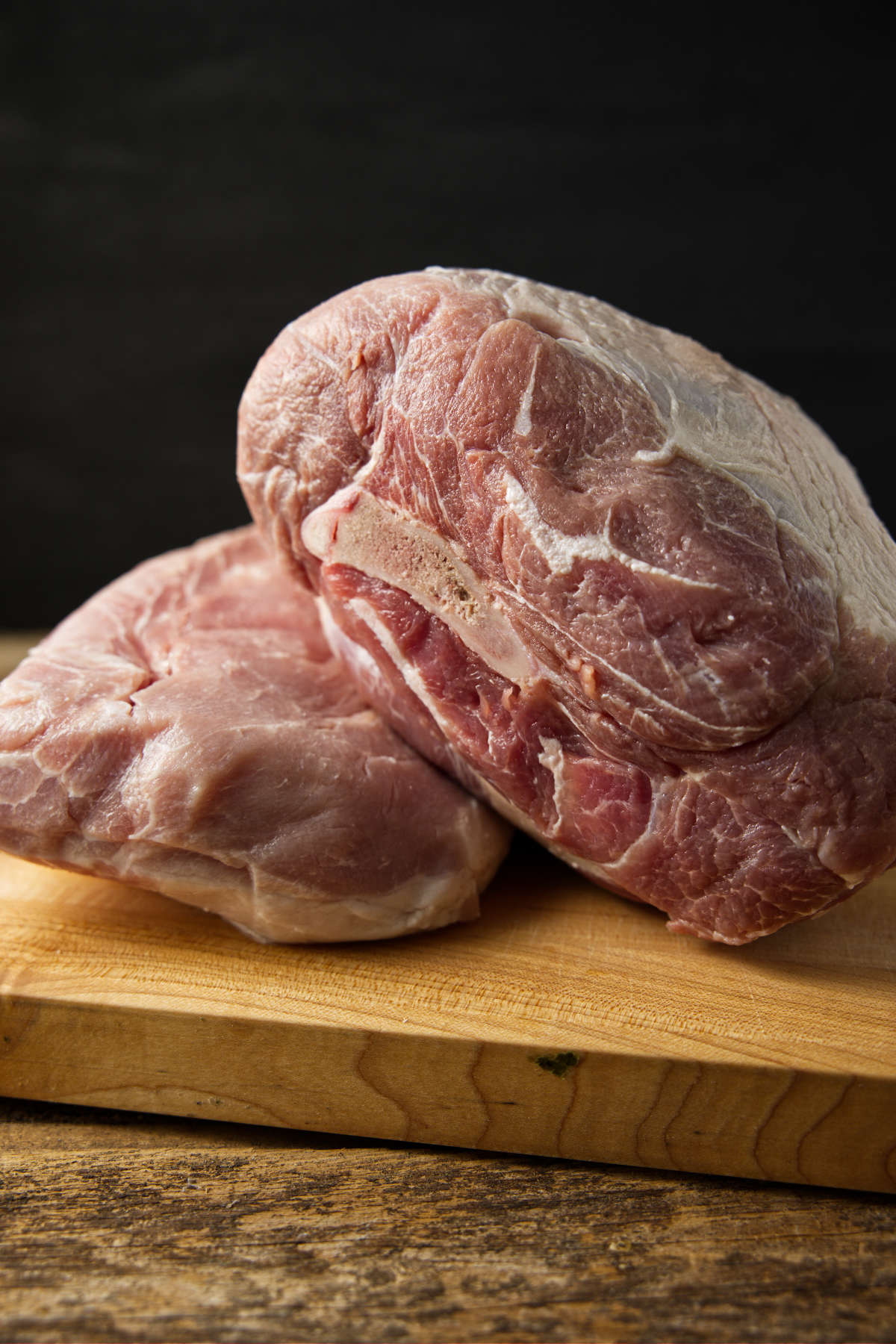
🐷 Time to Cook
Each cut brings its unique characteristics to the table, from the lean and mean pork loin to the flavor-packed pork shoulder, both are delicious in their own way. Armed with the knowledge of their differences, best cooking methods, and some handy tips and tricks, you’re ready to fire up the grill!
CONNECT WITH A LICENSE TO GRILL!
Be sure to follow us on our social media accounts.
Did you make this recipe? Tell us about it in the comments below!


